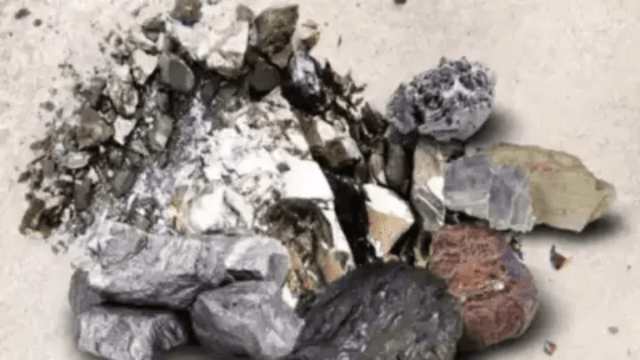Srinagar, Aug 02: In a development that could significantly alter India’s strategic mineral policy, rare earth elements (REEs) have been discovered in the Singrauli coalfields of Madhya Pradesh. Union Coal and Mines Minister G. Kishan Reddy announced the breakthrough in the Rajya Sabha, highlighting its long-term implications for energy security and technological independence.
“Economic extraction will hinge on advancements in technology and scalable operations,” Reddy said, underlining the government’s focus on developing homegrown extraction capabilities.
REEs are vital for sectors such as renewable energy, electronics, defence, and electric mobility—industries where India currently depends heavily on imports, particularly from China. With China tightening its export regulations, the discovery comes at a crucial time.
Rare earths are part of the broader class of critical minerals, prized for their thermal stability, miniaturisation support, and energy-saving properties. Their usage spans semiconductors, aerospace, wind turbines, and high-tech weaponry.
India currently relies heavily on imports for these materials, exposing industries to global supply shocks. A recent State Bank of India (SBI) report warned that continued Chinese restrictions on REE exports could negatively affect India’s manufacturing competitiveness, production capacity, and even banking sector exposure to REE-dependent industries.
State-run Coal India Ltd (CIL) is spearheading research and development efforts to assess the feasibility of extracting rare earths from coal mine waste and overburden layers. Preliminary studies from the Gondwana sedimentary formations in Singrauli indicate REE concentrations ranging from 250 parts per million (ppm) in coal samples to 400 ppm in non-coal samples.








